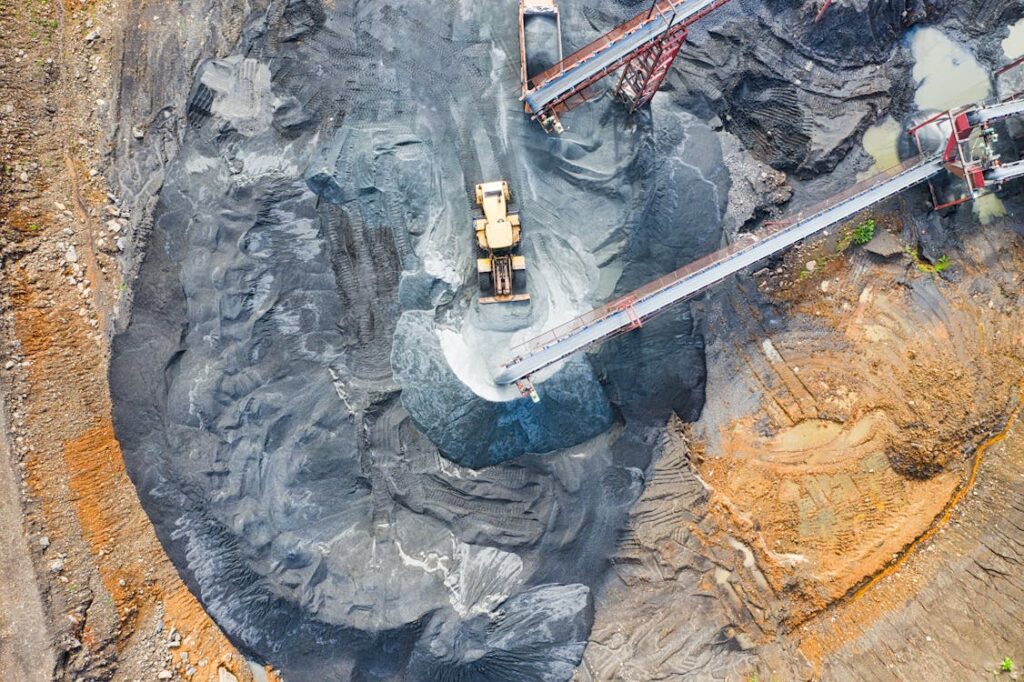
Optimizing mining operations has become essential as global demand for minerals and resources continues to climb. Through innovative strategies such as redesigning maintenance workflows, implementing data-driven tools, and embracing proactive measures, the mining sector has achieved remarkable gains in efficiency, safety, and profitability.
One compelling example of optimization comes from a coal open-pit mine that achieved a 20% reduction in shop turnaround times for equipment. This was accomplished through redesigned workflows, including better scheduling for maintenance bays, enhanced parts procurement, pre-staging of repair parts, and improved hydraulic hose shop operations. These streamlined processes ensured quicker equipment availability and reduced costly downtime, demonstrating the value of well-structured work systems.
In oil sands open-pit mining, focusing on heavy haul trucks, shovels, support equipment, and contractor-provided services led to a 40% improvement in repair productivity. Additionally, the complete redesign of crane and weight test processes resulted in a 12% improvement in equipment availability, generating a quantified $35 million benefit. These achievements highlight how targeted changes in maintenance and operational protocols can transform performance metrics and deliver significant financial returns.
Another success story lies in a phosphate room-and-pillar mine, where transitioning from a “breakdown maintenance” model to a proactive strategy led to significant improvements. A phased approach addressed immediate equipment needs, prioritized repairs, and introduced training and systems for ongoing preventive maintenance. By identifying repetitive failures and implementing root cause analysis, haul truck availability rose from 78% to 91%, while continuous miners and haulers improved from 88% to 98%. These results illustrate how structured maintenance programs and data insights can drive sustainable operational improvements.
Across multiple projects, enhanced maintenance practices have proven critical for driving mine optimization. Pre-delivery inspection programs, improved maintenance planning systems, and oil sampling techniques have enabled mines to address unplanned work and extend equipment lifespans. For example, one coal mine’s targeted efforts resulted in a 9% improvement in equipment reliability, translating to an annual benefit of R68.7 million.
Data visibility and technology integration are becoming indispensable tools in this transformation. By leveraging computerized maintenance management systems (CMMS) and predictive analytics, companies can monitor equipment health, identify emerging issues, and schedule repairs before failures occur. These tools not only reduce costs but also foster a culture of continuous improvement by addressing root causes of inefficiencies.
Optimization also extends to workforce management and logistics. A heavy equipment operation encompassing over 3,300 machines, including cranes, trailers, and support equipment, reduced maintenance costs from $62 million to $48 million over two years. This was achieved through standardized processes, streamlined inventory management, and reduced labor hours—without compromising service quality.
By adopting a holistic approach to mine optimization—focusing on proactive maintenance, workflow redesign, data insights, and workforce development—the mining industry can achieve substantial gains in efficiency, profitability, and sustainability. These efforts ensure that mining operations remain competitive while meeting global demand responsibly.

